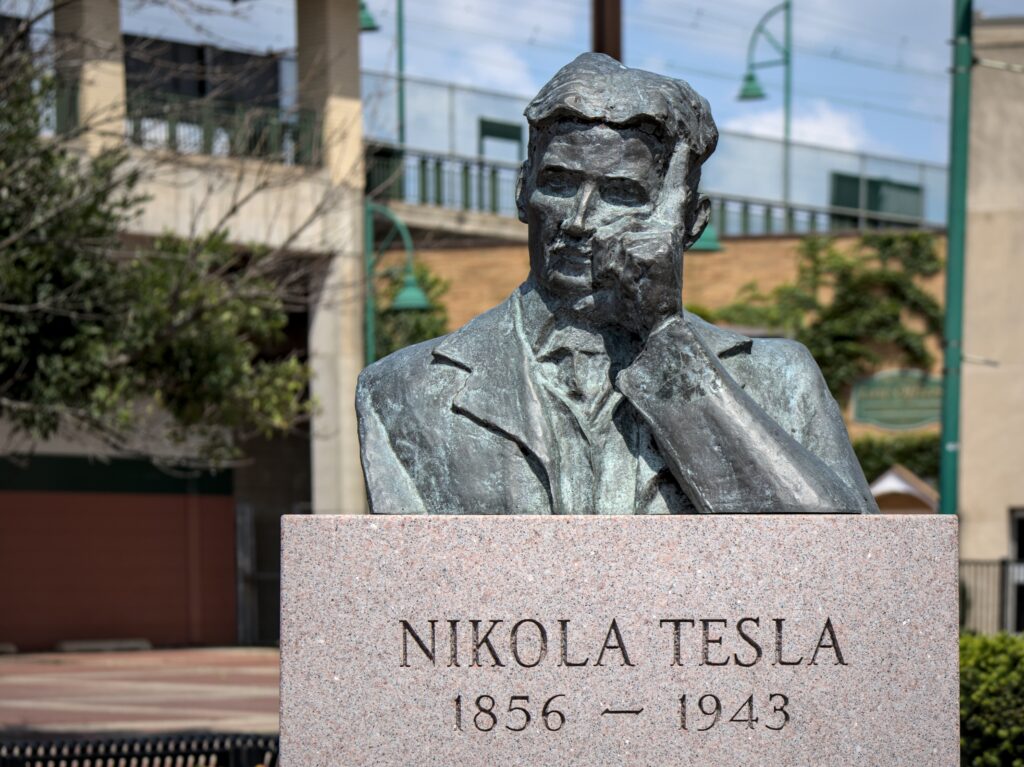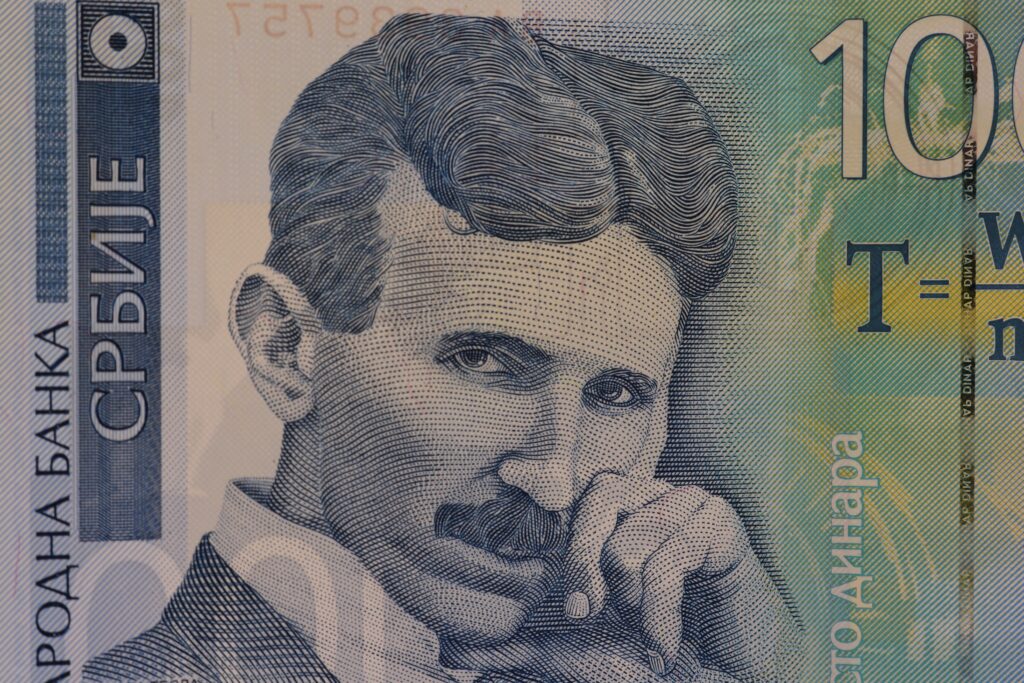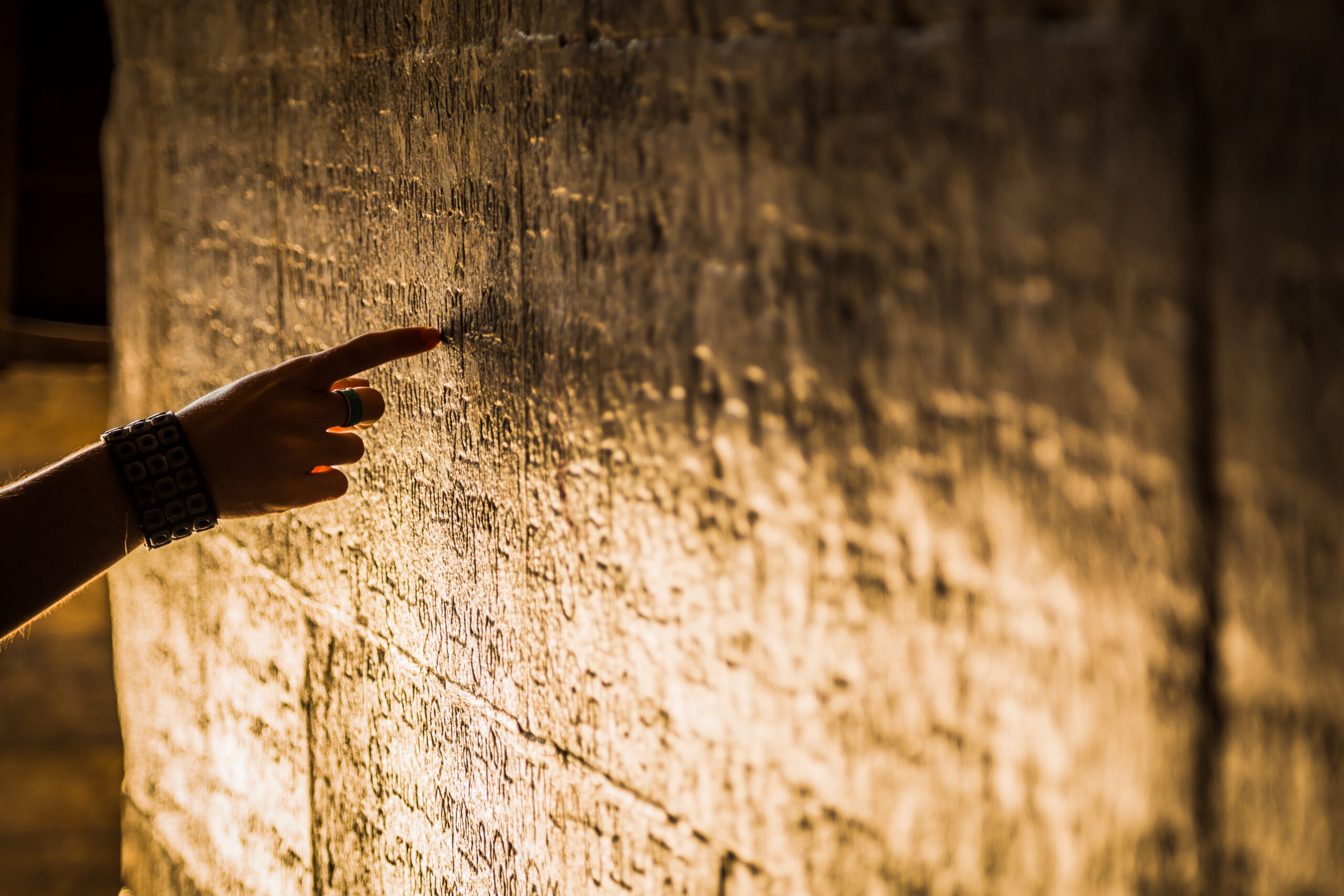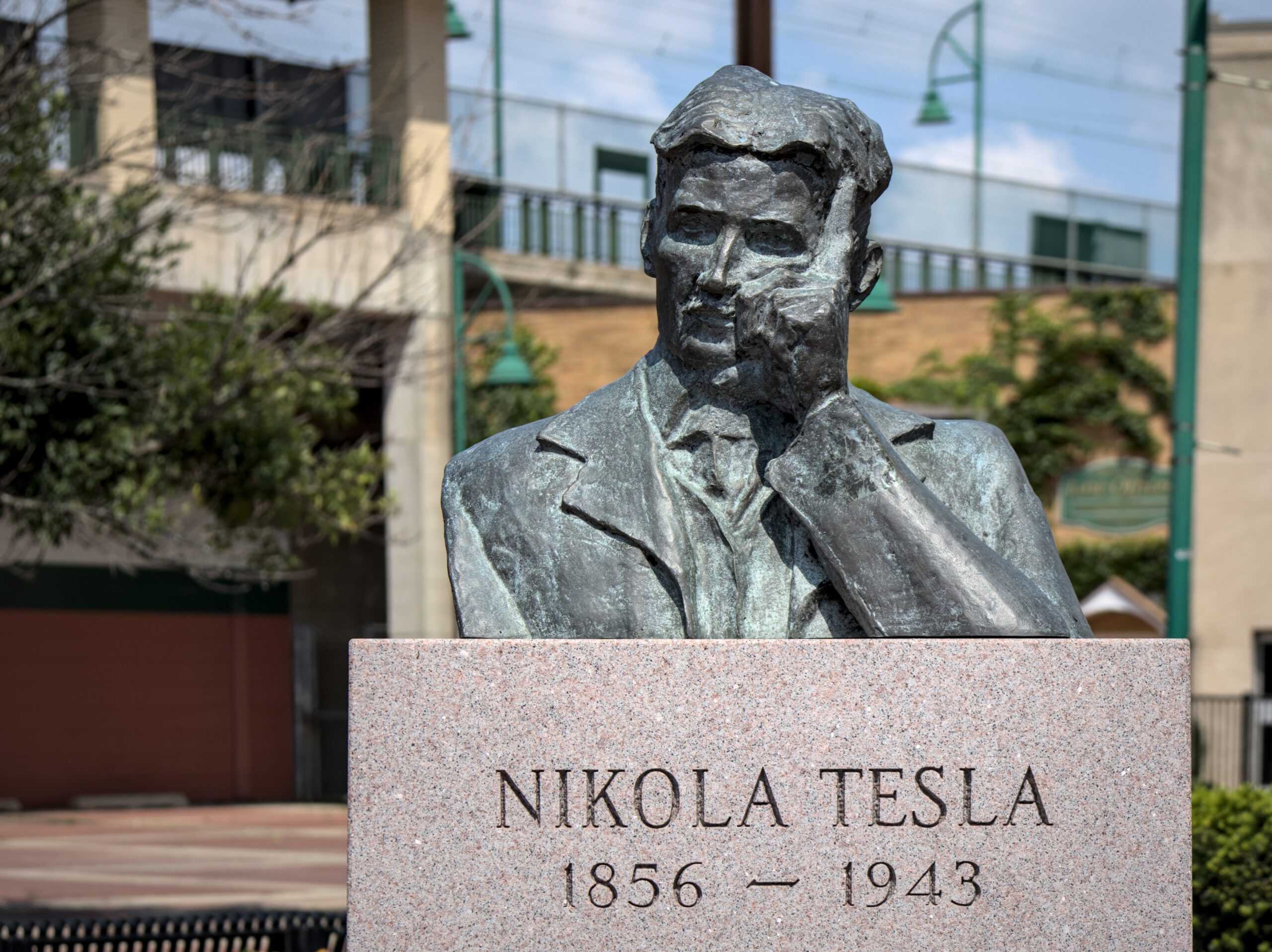In the shadow of Edison’s fame and Marconi’s triumphs, Nikola Tesla has often been reduced to a footnote in the annals of science—an eccentric inventor, a man of sparks and madness. But behind the myth, there lies a deeper story: one of a visionary whose mind reached far beyond the technologies of his age. Tesla was not simply an inventor. He was a dreamer of worlds not yet born. While his alternating current revolutionized the modern power grid, many of his most profound experiments remain obscured—buried in archives, scattered across diaries, or lost to time. And it is these forgotten frontiers of Tesla’s imagination that may yet hold the seeds of tomorrow.

Outline
- The Tower That Touched the Sky: Wardenclyffe
- Vibrations, Frequencies, and the Key to the Universe
- Tesla’s Wireless World
- The Machine to Pierce the Earth
- Visionary or Madman?
- Legacy Beyond the Lab
- FAQs
The Tower That Touched the Sky: Wardenclyffe
In 1901, on the shores of Long Island, Tesla began constructing a tower that looked more like a monument to science fiction than anything practical. Wardenclyffe Tower was meant to be the world’s first global wireless transmitter—a structure capable of sending not only messages but energy through the air. Tesla envisioned a world where electricity flowed invisibly between continents, where wires would become obsolete, and remote villages could be lit without ever laying a cable.
But funding was scarce. J.P. Morgan, his backer, grew skeptical when he learned Tesla intended to give the energy away for free. The project was abandoned. The tower was dismantled in 1917. Yet today, as scientists explore wireless charging, ambient energy harvesting, and global energy networks, Tesla’s dreams seem less like fantasy and more like prophecy.
Vibrations, Frequencies, and the Key to the Universe
“If you want to find the secrets of the universe, think in terms of energy, frequency, and vibration.” – This quote, often attributed to Tesla, echoes the heart of his thinking. He believed that the universe was not built of matter, but of oscillating energy—an idea that strangely aligns with modern quantum physics and string theory.
Tesla’s experiments with resonance were both remarkable and terrifying. In his Manhattan lab, he once tuned a small mechanical oscillator to the resonant frequency of a steel beam. The resulting vibrations threatened to bring the entire structure down, prompting him to smash the machine with a hammer. He later suggested that this principle could be scaled to affect entire cities—or tectonic plates.
Tesla’s Wireless World
Tesla dreamed of a world completely transformed by wireless technology—where ships could be guided remotely, news could be transmitted across oceans in seconds, and personal devices could receive signals from anywhere on Earth. In 1898, he demonstrated a radio-controlled boat before a stunned audience at Madison Square Garden—decades before drones became a reality.
He saw not just the potential of wireless communication but the social revolution it would bring: decentralization of information, global access to knowledge, and the end of technological monopolies. In an age when even telegraphy was still new to many, Tesla had already glimpsed the wireless, interconnected world we live in today.
The Machine to Pierce the Earth
Among Tesla’s strangest and most debated ideas was the “teleforce” weapon—often dubbed the death ray. However, his intention was not to destroy but to deter. He believed such a device could make wars obsolete by making any invasion impossible. While the idea sounds like pulp fiction, Tesla’s proposal was grounded in particle acceleration and electrostatic propulsion—concepts that now underpin modern particle physics.
More practical, perhaps, was his idea for transmitting information and even electricity through the Earth itself, using the planet as a conductor. This theory has yet to be fully explored, but some believe it could have implications for deep-Earth communication and energy systems.
Visionary or Madman?
Was Tesla a genius misunderstood by his time—or a brilliant mind drifting into delusion? The truth may be both. His notebooks reveal a mind teetering on the edge of scientific revolution and personal obsession. He often spoke of receiving visions or “flashes” of insight, claiming that entire machines appeared to him fully formed. Some dismissed this as madness; others saw it as the mark of a mind attuned to patterns others could not yet see.

Legacy Beyond the Lab
Today, Tesla’s name is synonymous with innovation, energy, and unorthodox thinking. Yet his deepest contributions go beyond his patents. He challenged the very limits of what was considered possible—not only in engineering but in imagination. He taught us that science is not just about solving problems, but about seeing what others cannot even conceive.
Tesla didn’t just invent. He envisioned.
FAQs
1. What did Nikola Tesla invent that we still use today?
Tesla’s work on alternating current (AC) forms the backbone of modern electricity systems. He also laid groundwork for wireless communication, remote control, and even early robotics.
2. Why was Wardenclyffe Tower never completed?
Funding was cut off when investors realized Tesla intended to distribute wireless energy freely. J.P. Morgan, fearing lost profits, withdrew support.
3. Did Tesla really build a “death ray”?
Tesla claimed to have designed a particle beam weapon for defense, but no working prototype was ever publicly demonstrated or found after his death.








